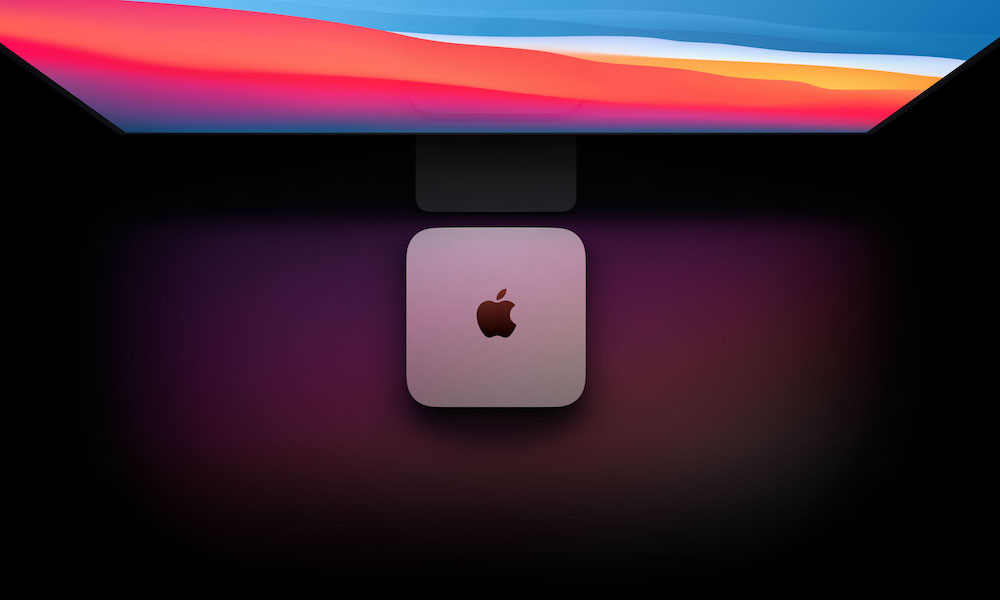‘Silver Sparrow’ Malware Has Infected Over 30,000 Macs Worldwide: What Is It and What Can You Do?
 Apple
Apple
Toggle Dark Mode
Over the years, there have been many malicious viruses developed to target Mac computers – and sadly, that’s not likely to end any time soon. The good news is that Mac computers are often more secure than Windows PCs, so it’s not as easy for your Mac to get infected. That being said, it does happen. The most recent example is a new malware that goes by the name of Silver Sparrow.
You’ve probably heard of it since Silver Sparrow has infected over 30,000 Macs worldwide, and it’s not slowing down.
Do you think that your Mac might be infected with the Silver Sparrow malware? Or do you want to prepare yourself just in case? Either way, here’s what you need to know about the Silver Sparrow malware.
What Is Silver Sparrow?
Silver Sparrow is one of the most recent pieces of malware affecting Mac computers. First discovered by Red Canary, this malware shows some particularities compared to other malicious software targeting Macs.
“Silver Sparrow is an activity cluster that includes a binary compiled to run on Apple’s new M1 chips but lacks one very important feature: a payload,” wrote Tony Lambert for Red Canary.
- Most importantly, you must know that Silver Sparrow can infect both Intel-based and M1 Mac computers, so it doesn’t matter which one you have; your computer is at risk of being infected.
- Second, this malware is one of the first pieces of Mac malware to run natively on Apple’s new M1 processors and leverages JavaScript to run in a similar way to legitimate applications.
- Finally, the Silver Sparrow malware hasn’t shown any malicious payload yet. Meaning it hasn’t caused any harm to the infected computers. That, however, doesn’t make the Silver Sparrow any less dangerous. It just means that, for now, we don’t know what this malware is for.
We do know that Silver Sparrow basically leaves the back door open for other malicious apps and software installed on your Mac without you knowing it. This puts not only your Mac’s security but also your personal information at risk.
Malwarebytes has reported that over 30,000 Mac computers have been infected with the malware. Not only that but over 25,000 of those computers are from the US. The most common places Silver Sparrow has been found include the United States, the United Kingdom, and Canada.
How Do I Know If I’ve Been Infected?
Finding out if your Mac has been infected is a bit tricky. Even if your Mac is infected with the Silver Sparrow malware, you won’t see any major symptoms. So you’ll need to be aware of any changes in your Mac’s performance to find out.
If you notice your Mac is running slower than usual, or see that you have new apps installed, or extensions on your browser that you’re sure you didn’t install, then your Mac might be infected.
Of course, you can go the easy route and use your antivirus of choice. You can always scan your Mac and find out if you actually have malicious software or not, and then try to remove it.
How to Avoid Getting Infected?
As of right now, we don’t know exactly where you can get infected with the Silver Sparrow malware. That being said, there are some precautions you can take to avoid getting infected with malware.
- First, you should always download and install apps from reliable places like Apple’s official App Store. Try to avoid downloading or running programs that you downloaded from websites you don’t know or trust. The best place to find apps for your Mac is obviously the App Store, but you can also download apps from trusted companies’ websites, such as Google.
- Also, try to avoid using “cracked apps.” These are apps that someone modified so you can use them without paying. Even though using a paid app for free sounds enticing, the risk of getting infected with any malware is high.
- As we mentioned before, having antivirus software can help you a lot, especially if you’ve already installed apps from dubious places. Not only will you detect any malware you may have, but you’ll also protect your Mac against any threat in the future.
- Last but not least, keep your Mac up to date. Every time Apple releases a new update, it’s highly likely that it’s fixing a security problem you didn’t even know you had.
My Mac’s Been Infected, Now What?
If you know or suspect your Mac has the Silver Sparrow malware, then you’ll need to get rid of it as soon as possible.
You can try to do this manually or use an app to help you. You can do it by yourself, but since you’ll need to know exactly every file, app, and extension on your Mac and browser, it’s possible that you won’t delete all the files the malware added to your computer. Meaning, you won’t get rid of the Silver Sparrow for good.
The best option for most people is to use an antivirus tool to detect and delete Silver Sparrow, and any other kind of malicious software you may have on your Mac.
There’s also the more extreme option (not recommended) to use Disk Utility on your Mac to delete or format your Mac entirely. Keep in mind, though, doing so is the equivalent of factory resetting your Mac, so you’ll lose all the content stored on your Mac, and you’ll even need to install macOS Big Sur again.
Ultimately, you can also contact Mac support and ask them for help. Overall, there are many ways for you to fix your Mac if you’ve been infected with the Silver Sparrow malware. Find the option best suited for you to get rid of this virus ASAP.






